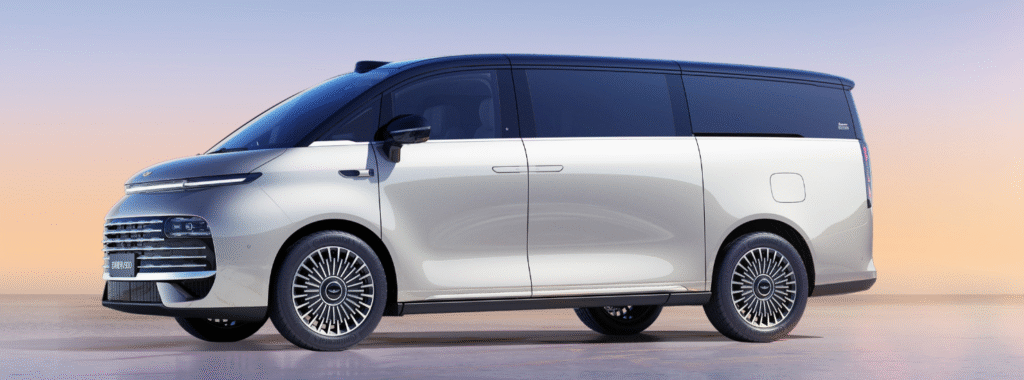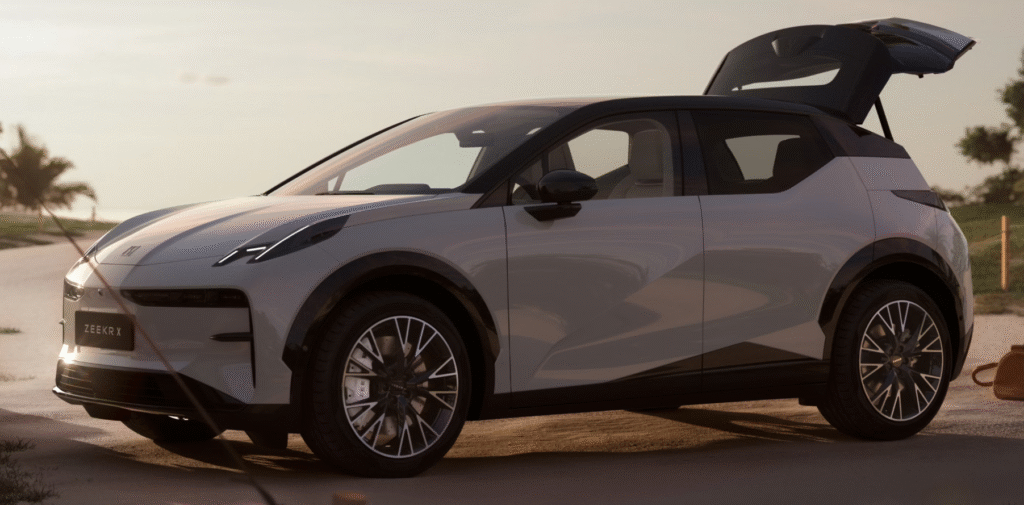(2024.11.21,guangzhou China)the Geely Galaxy V900 made its global debut at the Guangzhou Auto Show, officially announcing the brand’s entry into the high-end MPV field. As a flagship model, it leverages the GEA Evo architecture to offer superior space, the FlymeAuto 2.0 intelligent cockpit, and super AI range-extending technology. With a pre-sale price range of approximately $41,250 to $61,900 USD (converted from 300,000 – 450,000 RMB), it challenges traditional luxury brands and new competitors with its comprehensive design and performance upgrades.




